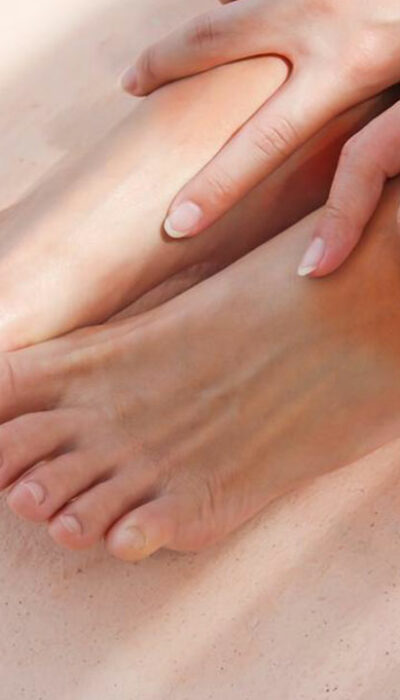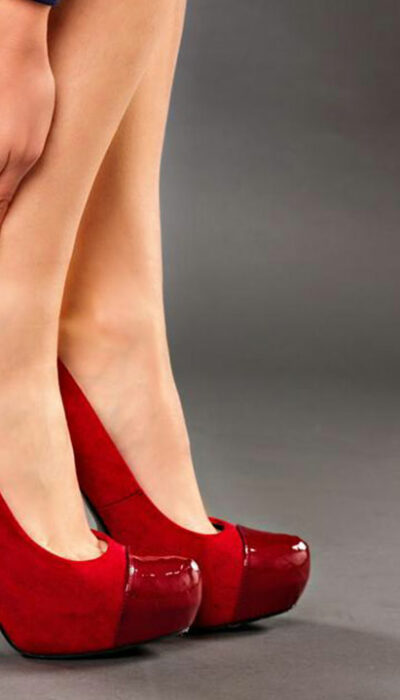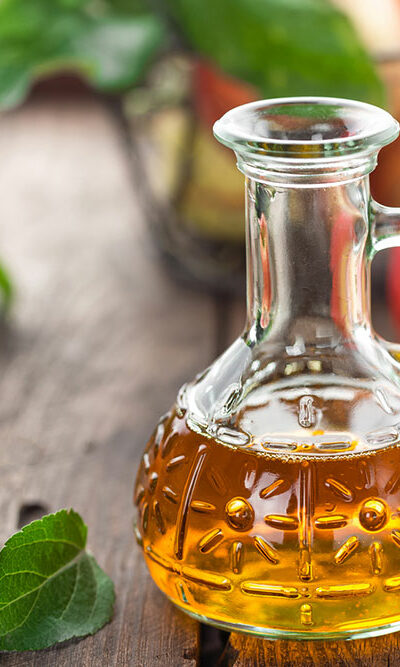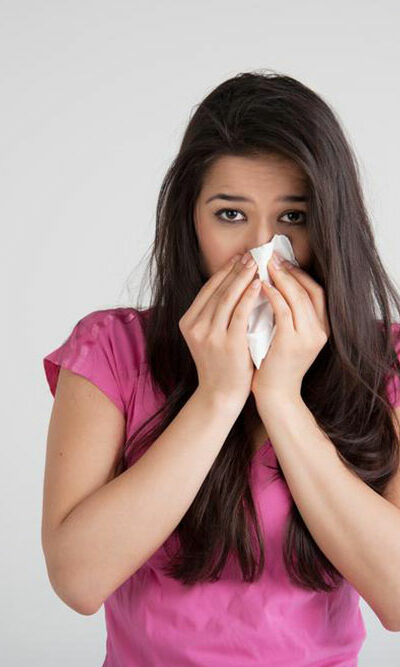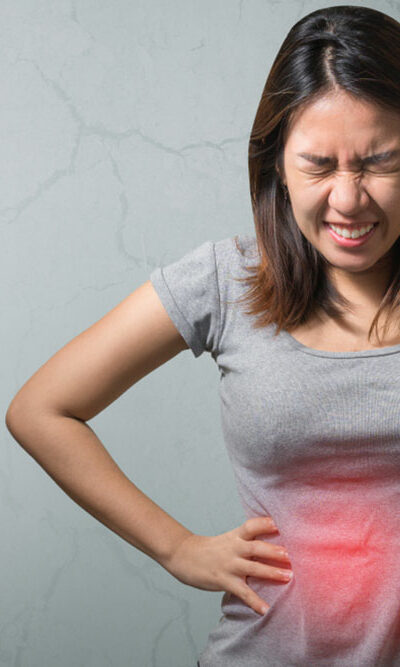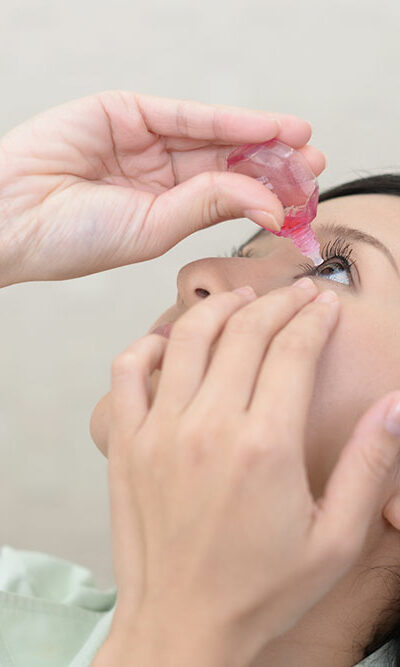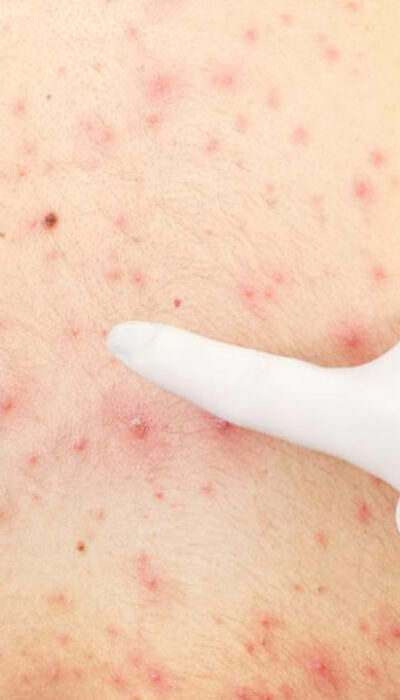
Remedies to Treat Keratosis Pilaris at Home
Keratosis pilaris is a skin condition amongst adolescents which causes acne-like small bumps on the skin. This occurs when your body produces too much of a single type of protein on the skin which deposits on the pores and hair follicles. These bumps can either be white or red but are generally not accompanied by itching or pain. It is mostly a chronic condition which isn’t a severe issue and disappears by the age of 30 in most people. However, it is a highly common skin condition that affects about 50 to 80% of the adolescents and about 40% adults. These bumps can be annoying and avoid you from wearing clothes that show off your arms or thighs where this condition affects. But, there are simple treatments to get rid of these bumps which are mentioned further in this article. Exfoliate Your Skin Repeated exfoliation is one of the easiest ways to fight these bumps. Exfoliation removes dead cells on the surface of your skin and lets your skin breathe. This applies to the keratin deposit on the skin as well and can release the trapped hair underneath it. It can give results in just a few weeks but has to be done regularly to maintain the smoothness of the skin. It can either be done mechanically or chemically by peeling the outermost layer of the skin. Sometimes these chemicals can irritate the skin, and constant rubbing can cause dehydration and roughening. So, make sure that you exfoliate your skin in moderation and don’t overdo it. Scrubbing You can use a soft loofah or sponge whenever you take a bath to gently rub down on the extra keratin deposited on your skin. You can also alternatively use a washcloth. However, if you have a highly sensitive skin, use a konjac sponge which is extremely gentle on the skin.
